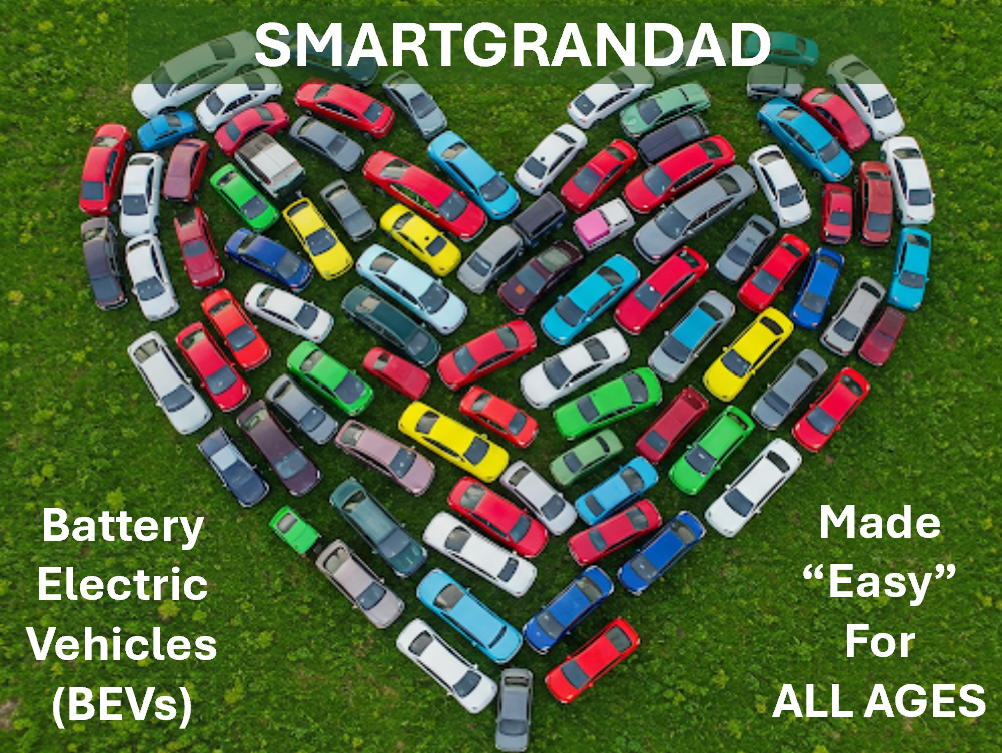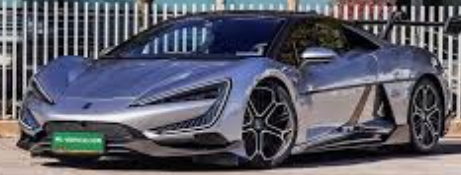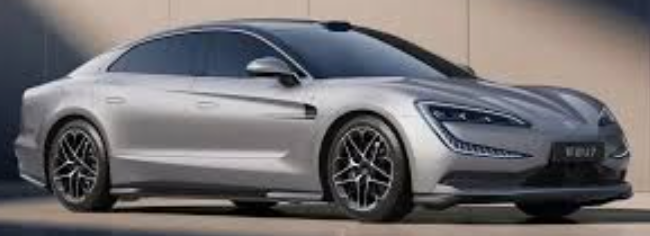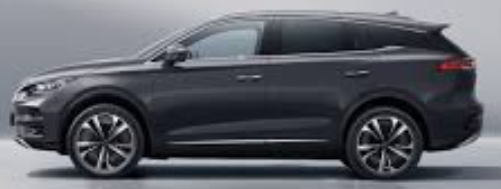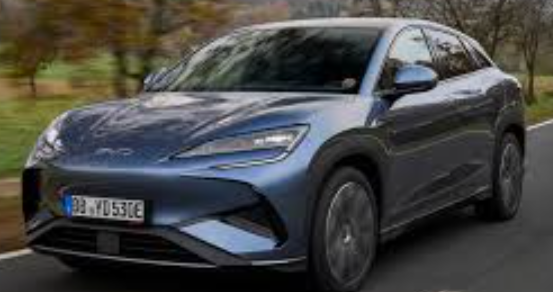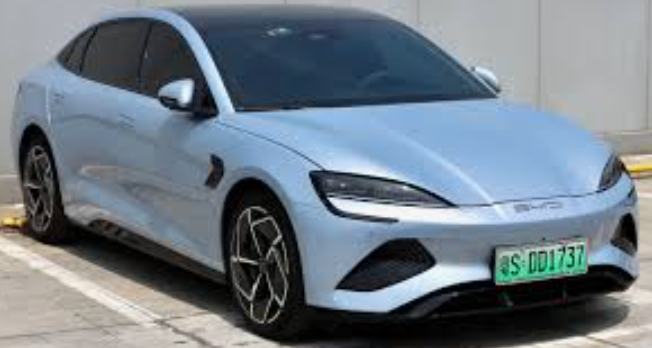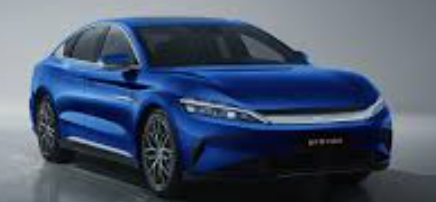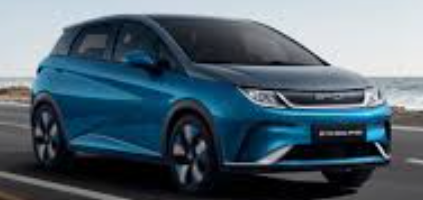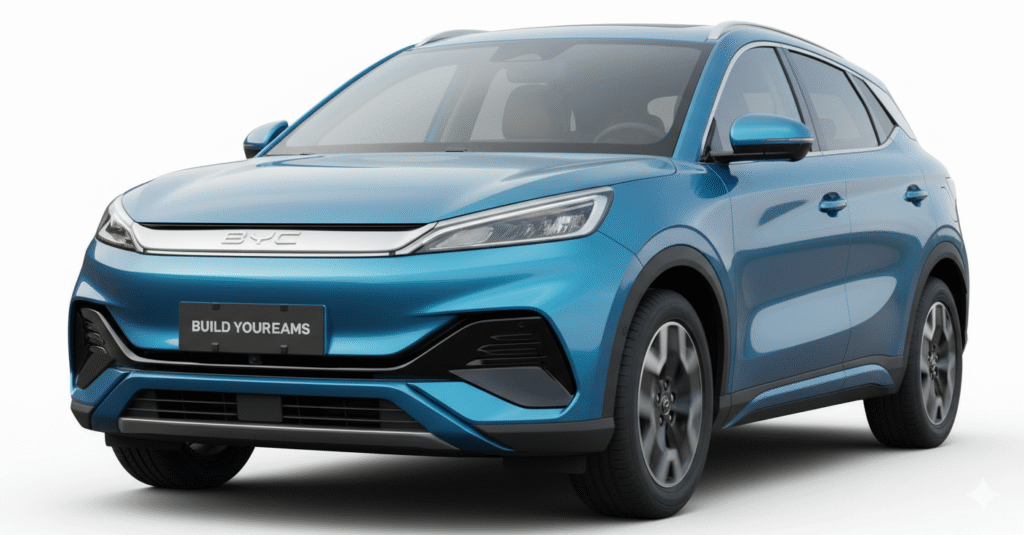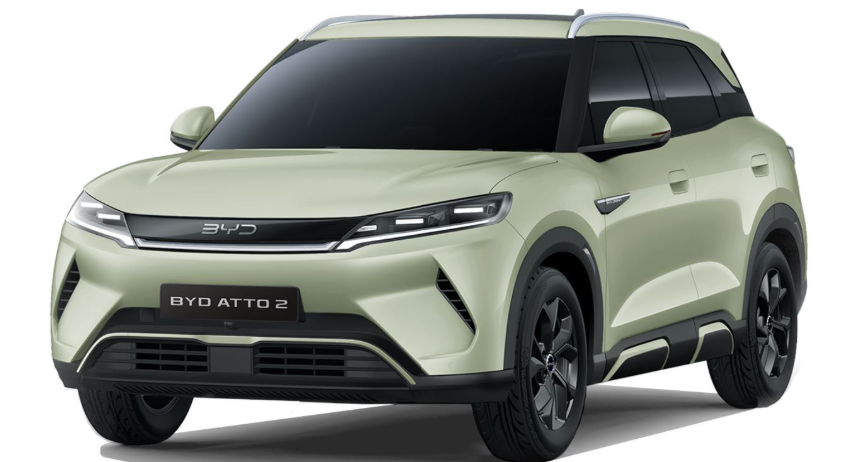BYD Dolphin Surf
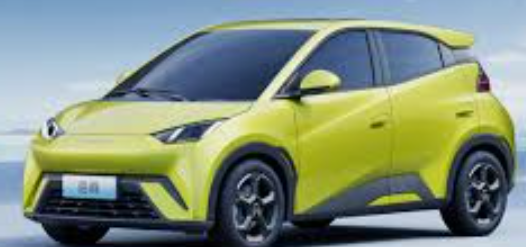
1. Body Style and Dimensions
The BYD Dolphin Surf is a compact hatchback, designed for urban driving. Its “Ocean Aesthetics” design gives it a modern, clean look. Dimensions are 3990 mm in length, 1720 mm in width (excluding mirrors), and 1590 mm in height, with a 2500 mm wheelbase, positioning it firmly in the small car segment.
2. Platform Architecture, Range & Efficiency
Built on BYD’s e-Platform 3.0, the Dolphin Surf utilizes the company’s “Blade Battery,” known for its safety and durability. It’s offered with two battery options: a 30kWh unit with a 137-mile WLTP range or a larger 43.2kWh pack providing up to 200 miles of range. DC fast charging can replenish the battery from 10-80% in approximately 30 minutes.
3. Technical Capabilities
The Dolphin Surf comes equipped with a suite of Advanced Driver-Assistance Systems (ADAS) as standard, including intelligent cruise control and lane-departure assist. The car also features Vehicle-to-Load (V2L) technology, turning it into a mobile power station to run external devices.
4. Interior and Storage
The cabin is practical and well-laid out, with a focus on usability. The central feature is a rotating 10.1-inch or 12.8-inch touchscreen. It offers a 308-liter boot, which expands to 1037 liters with the rear seats folded down. There are also over 20 clever storage areas throughout the cabin, though there is no front trunk (“frunk”).
5. App Functionality
The BYD App offers a range of remote control features, including the ability to check the car’s status, control air conditioning, and even use a digital key on a smartphone. The car’s infotainment system also supports Over-the-Air (OTA) updates, ensuring the software remains current.
6. Pros and Cons
Pros: Well-equipped and well-built for its price, decent range from the larger battery, and good boot space for a car its size.
Cons: Some driver assistance features can be “naggy,” the entry-level models are slow, and the brakes can feel “mushy.”
7. Overall Summary
The BYD Dolphin Surf is a compelling and well-equipped contender in the affordable electric hatchback segment. While some competitors like the Hyundai Inster may offer slightly more space or a more refined driving experience, the Dolphin Surf stands out for its extensive standard features, solid build quality, and competitive range, presenting a strong value proposition.
Real world range estimates
The table below shows some estimated real-world examples in perfect condition and in conditions needing A/C to heat or cool vehicles. See our range guide to see how the range is affected in real world.
| Range | Consumption | |
|---|---|---|
| 90kmh/56mph perfect condition | 247km / 153 mi | 15 kWh/100km / 4,1 mi/kWh |
| 90kmh/56mph with 2KW heating | 222km /134mi | 17,2 kWh/100km /3,6 mi/kWh |
| 70mph/112kmh perfect condition | 206 km / 128 mi | 18 kWh/100km / 3,5 mi/kWh |
| 70mph/112kmh with 2KW heating | 187km / 116mi | 19,8 kWh/100km / 3,1 mi/kWh |
| 120kmh/75mph perfect condition | 195 km / 121 mi | 19 kWh/100km / 3,3 mi/kWh |
| 120kmh/75mph with 2KW heating | 179 km /111mi | 20,7 kWh/100km /3,0 mi/kWh |
